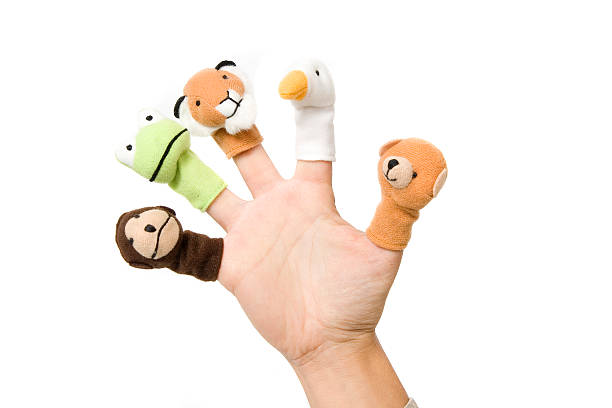Choosing a baby’s toy can be difficult, whether you’re buying it for your child or one of your friends. It’s hard to pick a toy that is educational, fun, and developmental for your child, even though Americans spend US$20 Billion per year on toys. When you search on standard retail websites, there are hundreds of options and even thousands. Is the price an accurate indicator of quality or not? Are technological advancements beneficial?
The American Journal of Play published our peer-reviewed study in April 2023. It surveyed toy sales for infants and toddlers aged 0-2 years at two major U.S. national retailers. We were interested in the differences between battery-powered products like LeapFrog’s Speak and Learn Puppy and traditional toys like the Magic Years jungle finger puppet.
There are significant differences in the way these toys are marketed. Traditional toys tend to be sold for physical development, while more technological toys target cognitive development. These companies only sometimes employ researchers to determine whether toys help children learn.
Before you purchase your next baby’s toy, consider these five tips from researchers who have studied toys and how children play and learn.
Think about your goal.
Consider your developmental goals when choosing a toy. Do you want to help your child develop fine motor skills with a board, or do you wish to practice spatial skills by building a block structure?
Open-ended toys are the best.
Parents and caregivers know that many children prefer to play with the box than the toy it contains. Boxes are open-ended and can be transformed into anything that a child imagines. A toy phone, on the other hand, is more likely to encourage a child’s imagination.
Toys that are 90% interactive with the child and only 10% require the toy to be active are a good choice. Infants can, for example, explore a realistic set of miniature animals by exploring them with their senses. They may even use these toys to make animal prints in play dough or pretend play. Compare this to a giant, plastic elephant that needs to be sat on the floor. It lights up and plays elephant sounds. The child’s play is restricted to making the object play noise or light up.
Recognize gender biases
Over the last decade, several major retailers have removed gender-based sections of toys and opted for “kids” instead of “boys” or “girls.”
If you go to a major toy retailer today, you’ll still see aisles of pink dolls, toys, and other monster trucks and blocks in primary colors. Although a toy sword may not be marked “for boys,” shoppers tend to perceive it as such based on the gender socialization they have experienced and their beliefs. You might miss toys your child will enjoy if you only look in certain aisles or focus on stereotypical toys.
Beware of marketing claims.
Tech toy makers often make educational claims not backed up by science. A shape sorter, for example, might claim that it helps children develop emotional skills by saying, “I love You!”
Use your own knowledge and experience to assess the educational value of a toy. It is essential to read the descriptions of the manufacturer and retailer and look at what the toys actually do. It is worth looking at if it encourages caregiver-child interaction or develops a particular skill, such as finger puppets that help to build fine motor skills and building blocks to support spatial skills.
Prioritize human interaction
Toys aren’t designed to make babies geniuses. They are intended to be fun. Think about your child’s development in terms of physical, social and emotional, cognitive, creative, or cognitive-cognitive. Remember that no toy will replace high-quality, joyful interactions with caregivers.

